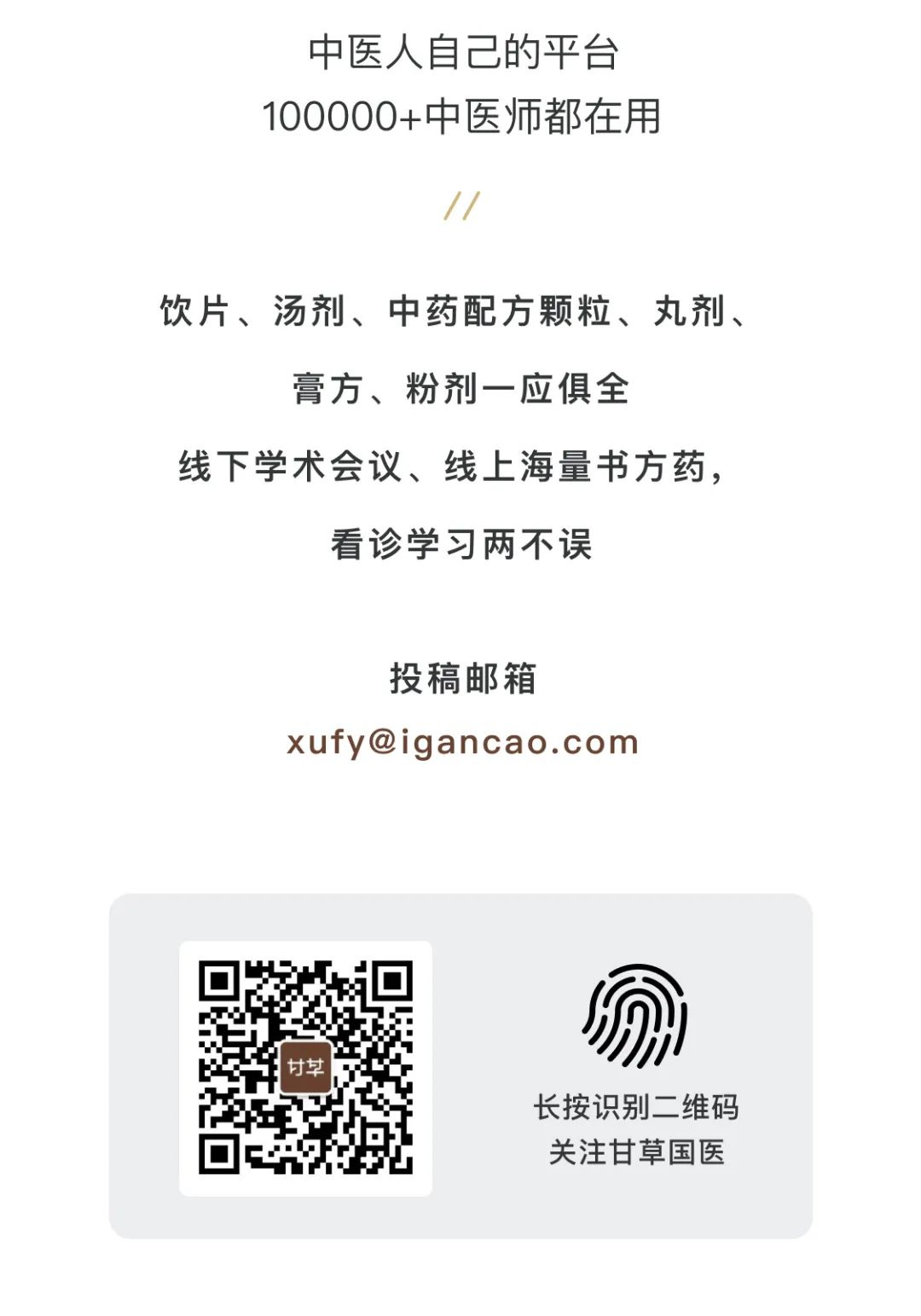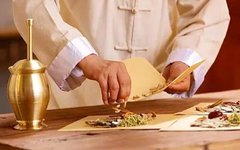Traditional Chinese medicine (TCM) has over 40 types of medicinal forms, among which decoctions, pills, powders, plasters, capsules, and tablets are the most commonly used.
With so many forms available, how should one choose when prescribing? Today, Dr. Licorice will analyze some influencing factors for prescribing pills and decoctions, hoping to provide some insights for teachers when deciding between these two forms.

1. Characteristics of Medicinal Forms
1) Onset Characteristics
Decoctions act quickly, while pills act slowly.
Decoctions are absorbed more easily and have a faster onset than pills, leading to a steeper rise in blood drug concentration. Therefore, for excess conditions and acute cases, decoctions are preferred.
For treating external pathogens, typically 3-5 doses are needed, with a minimum of 1-2 doses, making decoctions the better choice.
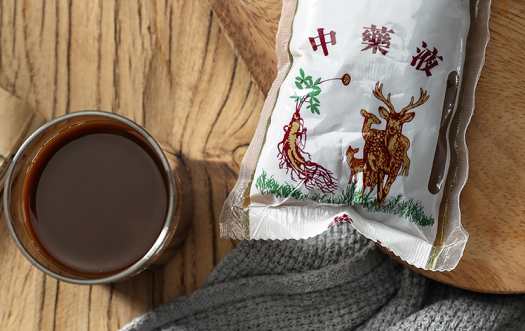
Pills, influenced by their manufacturing process (such as the addition of various binders and kneading into pills), have a slower disintegration rate, leading to a gradual release of active ingredients and a prolonged absorption period, thus maintaining a stable blood drug concentration. Therefore, for deficiency conditions and chronic cases, pills are preferred.
For treating diseases with longer treatment cycles, such as hyperlipidemia, fatty liver, and diabetes, it is advisable to switch to pills after adjusting the constitution with decoctions, as they are convenient for long-term maintenance therapy.
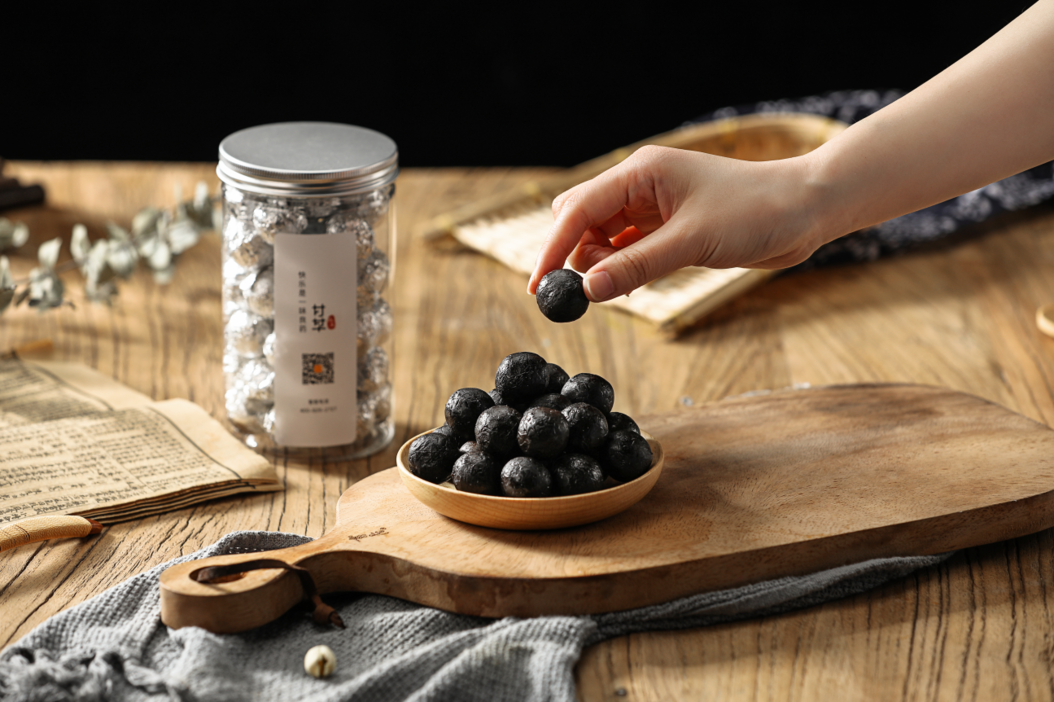
However, it cannot be generalized; pills can sometimes be used in emergencies.
For instance, during an acute attack of angina pectoris, one can sublingually take quick-acting heart-saving pills or musk heart-saving pills, which can relieve pain within minutes.
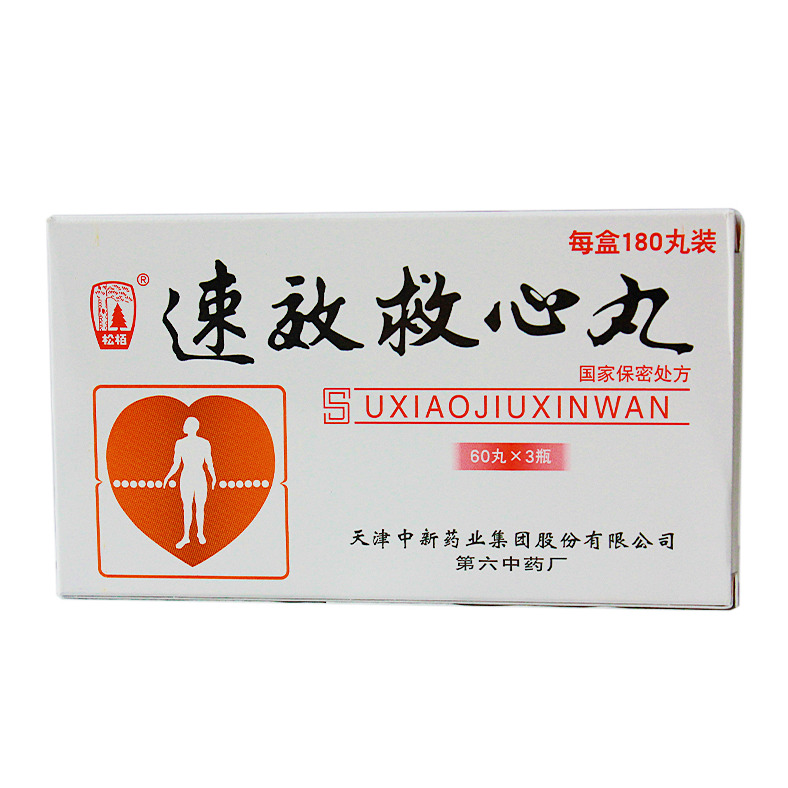
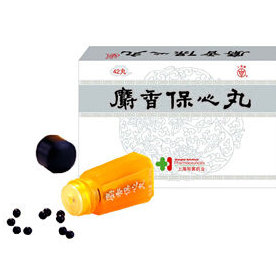
2) Dosage Characteristics
Pills generally have a higher dosage than decoctions.
The decoction process allows for the release of active ingredients, but the extraction degree is limited. Directly grinding the herbs into powder for pill-making retains the active ingredients well, thus the dosage of pills is usually higher than that of decoctions.
Moreover, the dosage varies among different types of pills made from the same prescription.
For example, concentrated pills > water pills > honey pills > large honey pills.


3) Cost Advantages
For chronic diseases, pills are more economical.
With the same amount of herbs, if the dosage is for 7 days, the decoction’s dosage is usually fixed, generally 14 bags, one in the morning and one in the evening.
If the prescription is made into pills, based on the yield and dosage, adult patients can generally take them for three weeks to one month, making pills more cost-effective for treating chronic diseases.
 Licorice Dispensing Center · Medicinal Form Packaging
Licorice Dispensing Center · Medicinal Form Packaging


 2. Patient’s Personal Situation
2. Patient’s Personal Situation
1) Treatment Based on Disease
Pattern differentiation and treatment reflect TCM’s scientific attitude and rigorous approach to diseases. It is necessary to analyze and synthesize to clarify the cause, nature, location of the disease, and the relationship between the pathogenic and healthy factors, and choose the appropriate medicinal form based on the differentiation results.
For example, compared to decoctions, pills are more suitable for those with spleen and stomach deficiency, kidney deficiency, and qi deficiency.

2) Individual Differences
“Treatment” also requires differentiation based on the patient’s personal situation, such as age, physical constitution, past medical history, and lifestyle and other factors.
For instance, young people often suffer from insomnia and anxiety due to lifestyle and work pressure, making pills more suitable for long-term adjustment compared to decoctions.

3. Medication Scenarios
How patients typically take their medication can also influence the choice of medicinal form.
1) Frequent Business Travelers
Patients with busy work schedules who frequently travel to different cities may find pills more suitable than decoctions, as they do not require heating, are easy to carry, and can be taken on airplanes.

2) Intolerance to Bitter Decoctions
Some medicines are too bitter or have a special odor, making them difficult to take as decoctions. However, making them into pills can mask unpleasant odors and reduce the stress of taking medication.
3) Elderly and Weak Patients
For elderly parents or those with weak constitutions and poor resistance, suitable pills can be prescribed for long-term body conditioning, such as Gui Pi Wan (Return the Spleen Pill), Ren Shen Yang Rong Wan (Ginseng Nourishing Pill), and Shu Yu Wan (Dioscorea Pill).

4. Characteristics of Medicinal Materials
The characteristics of medicinal materials will determine whether they are more suitable for decoction or powdering.
Medicinal Materials Suitable for Powdering
l Precious and Fine Types: Ren Shen (Ginseng), San Qi (Notoginseng), Chuan Bei (Fritillaria), Chong Cao (Cordyceps), A Jiao (Donkey-hide Gelatin), Lu Rong (Deer Antler Velvet), Xi Yang Shen (American Ginseng), Zang Hong Hua (Saffron), Shi Hu (Dendrobium), etc.
l High Powdering Properties: Fu Ling (Poria), Shan Yao (Chinese Yam), Tian Hua Fen (Trichosanthes Root), Bai Zhi (Angelica Dahurica), Zhe Bei Mu (Zhejiang Fritillaria), Ze Xie (Alisma), Ge Gen (Kudzu Root), Fu Shen (Poria Spirit), etc.
l Insoluble in Water: Hu Po (Amber), Lu Hui (Aloe), Gan Sui (Killing Herb), Qing Dai (Indigo), Xue Jie (Dragon’s Blood), Ru Xiang (Frankincense), Mo Yao (Myrrh), etc.
l Medicinal Materials Whose Active Ingredients Are Easily Destroyed by High Temperatures, Usually Volatile Oils or Exterior-releasing Herbs
Volatile Oil/Fragrant Medicinal Materials, such as: Bo He (Mint), E Zhu (Curcuma), Rou Gui (Cinnamon), Chen Pi (Dried Tangerine Peel), Jin Yin Hua (Honeysuckle), Shi Chang Pu (Acorus), Dang Gui (Angelica Sinensis), Du Zhong (Eucommia), Chuan Xiong (Szechuan Lovage), Cao Guo (Tsaoko Fruit), Dou Kou (Cardamom), Sha Ren (Amomum), Hou Po (Magnolia Bark), Zi Su (Perilla), etc.
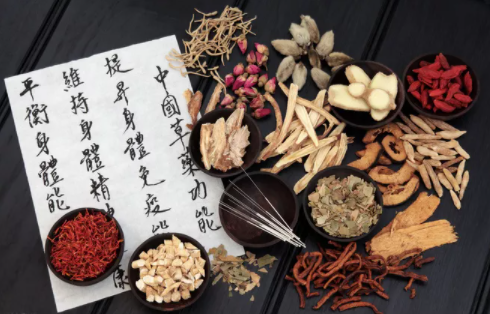
Medicinal Materials Suitable for Decoction
l Oily Medicinal Materials with High Oil Content Affect Pill Production
Such as: Bai Zi Ren (Platycladus), Yu Li Ren (Bush Cherry), Xing Ren (Apricot Kernel), Tao Ren (Peach Kernel), Jie Zi (Mustard Seed), Lai Fu Zi (Radish Seed), Huo Ma Ren (Hemp Seed), Gua Lou Ren (Trichosanthes Fruit), Dong Gua Zi (Winter Melon Seed), etc.
l Sticky Sugary Medicinal Materials Are Not Suitable for Powdering
Such as: Di Huang (Rehmannia), Gou Qi Zi (Goji Berries), Huang Jing (Polygonatum), Nu Zhen Zi (Ligustrum), Wu Wei Zi (Schisandra), etc.
l Toxic Medicinal Materials Should Not Be Powdered, as Their Toxic Components Are Retained, Which Can Cause or Worsen Adverse Reactions. High-Temperature Decoction Can Decompose Toxic Components, Reducing the Probability or Severity of Adverse Reactions
Such as: Fu Zi (Aconite), Chuan Wu (Chuanwu), Shang Lu (Cynanchum), Ma Qian Zi (Strychnine), Dan Nan Xing (Arisaema), Ban Xia (Pinellia), Yuan Hua (Genkwa), Gan Sui (Killing Herb), Da Ji (Euphorbia), etc.
l Mineral and Shell Medicinal Materials Are Not Beneficial for Human Absorption When Powdered
Such as: Zi Shi Ying (Amethyst), Zhong Ru Shi (Stalactite), Ci Shi (Magnetite), Shi Jue Ming (Abalone Shell), Wa Leng Zi (Turtle Shell), Bie Jia (Soft-shelled Turtle), Mu Li (Oyster Shell), Long Gu (Dragon Bone), etc.
l Fibrous Medicinal Materials Can Affect the Aesthetics of Pills When Finely Ground
Such as: Ji Xue Teng (Sanguisorba), Du Zhong (Eucommia), Ma Huang (Ephedra), Ku Shen (Sophora), Da Fu Pi (Areca Peel), etc.
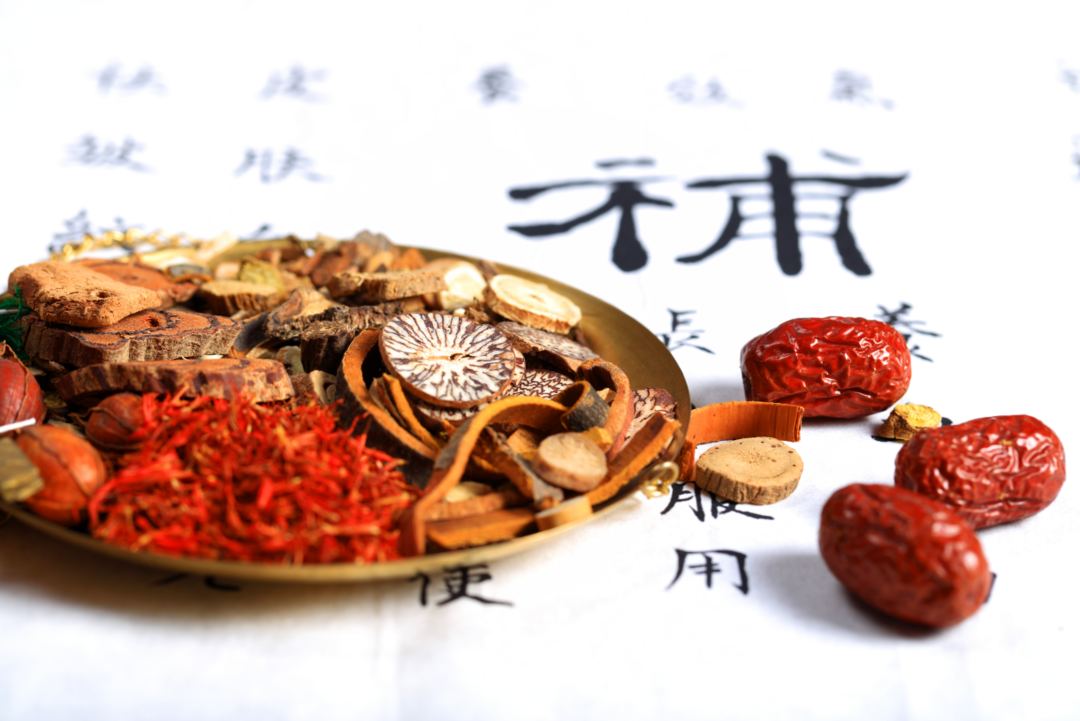
Choosing the appropriate medicinal form for prescriptions can fully consider the processing technology of medicinal materials while maximizing the retention of active ingredients, thus ensuring the quality of efficacy.
For example, concentrated pills can effectively accommodate the suitable preparation methods for various types of medicinal materials in the prescription—during pill-making, the pharmacist will powder some medicinal materials and decoct others, then mix the powdered herbs with the decoction and water to form pills.
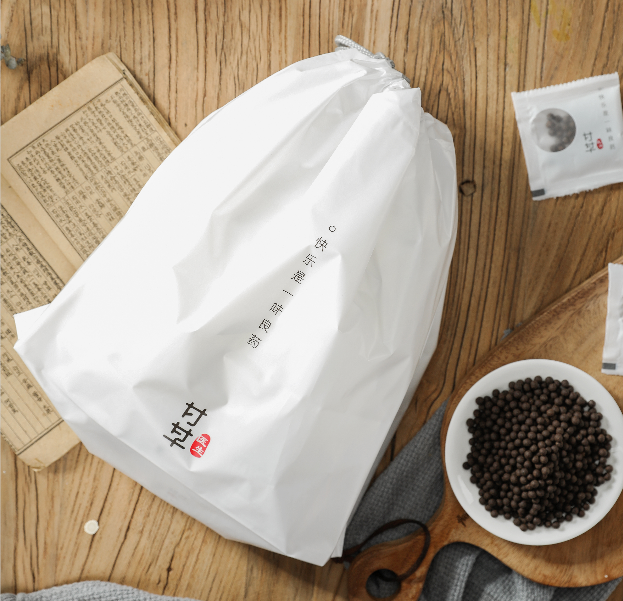
Case Studies of Famous Decoctions Converted to PillsMING JIA AN LI
Historically and in modern times, there have been many examples of physicians adjusting prescriptions from decoctions to pills after achieving stable effects with decoctions for a period.
Gui Zhi Fu Ling Tang & Gui Zhi Fu Ling Wan
Gui Zhi Fu Ling Wan (Cinnamon Twig and Poria Pill) is modified from the decoction for treating nodular hyperplasia diseases, and after achieving effects, additional ingredients such as San Leng (Sparganium), E Zhu (Curcuma), Bie Jia (Soft-shelled Turtle), and Tu Bie Chong (Earthworm) can be added. For specifics, refer to the works of Professors Ding Guangdi and Peng Jian.
Zuo (You) Gui Yin & Zuo (You) Gui Wan
The kidney tonifying Zuo Gui Wan (Left Return Pill) and You Gui Wan (Right Return Pill) were created by Zhang Jingyue alongside Zuo Gui Yin (Left Return Decoction) and You Gui Yin (Right Return Decoction). They are now used to treat kidney deficiency, low back pain, and osteoporosis.
Both Zuo Gui Yin and Zuo Gui Wan are purely tonifying agents, treating kidney yin deficiency.
However, Zuo Gui Yin is a pure nourishing water product that benefits the liver and kidneys, suitable for true yin deficiency and used in emergencies; Zuo Gui Wan, on the other hand, combines nourishing yin with ingredients that support yang, suitable for those with significant kidney yin deficiency.
Li Chong Tang & Li Chong Wan
Zhang Xichun created Li Chong Tang (Regulating the Flow Decoction) alongside Li Chong Wan (Regulating the Flow Pill), which have the same indications. The formula reduces Dang Shen (Codonopsis) and Bai Zhu (Atractylodes) while adding water leeches for blood activation and symptom reduction, serving as a reference for converting decoctions to pills.
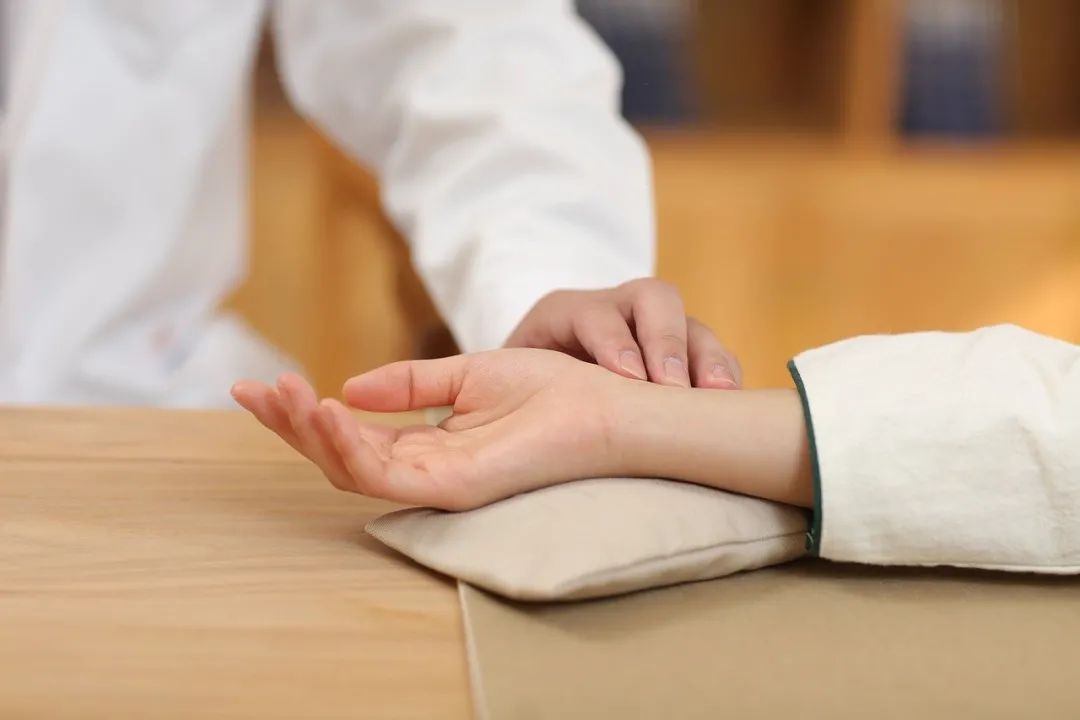
In summary,the choice of medicinal form should consider various factors such as the characteristics of the disease, treatment principles, characteristics of the medicinal forms, properties of the medicinal materials, personal situation of the patient, and medication scenarios, so that good prescriptions and medicines, supported by suitable forms, can provide patients with a better medication experience.

